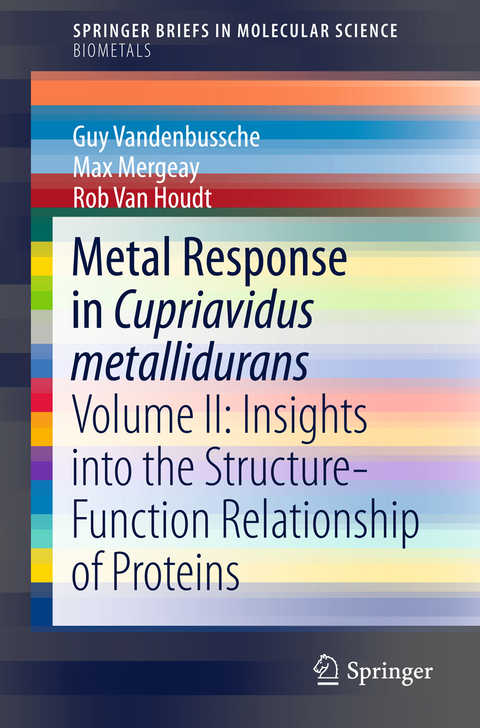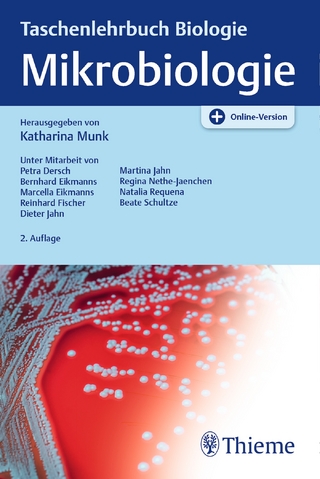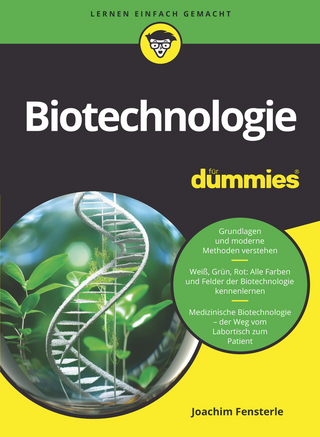
Metal Response in Cupriavidus metallidurans
Springer International Publishing (Verlag)
978-3-319-20623-3 (ISBN)
Guy Vandenbussche, Laboratoire de Structure et Fonction des Membranes Biologiques, Centre de Biologie Structurale et de Bioinformatique, Faculté des Sciences, Université Libre de Bruxelles, CP 206/02, B-1050 Brussels, Belgium Max Mergeay, Unit of Microbiology, Belgian Nuclear Research Centre (SCK-CEN), Boeretang 200, B-2400 Mol, Belgium Rob Van Houdt, Unit of Microbiology, Belgian Nuclear Research Centre (SCK-CEN), Boeretang 200, B-2400 Mol, Belgium.
Introduction.- Bacterial cation transporters and their representatives in Cupriavidus metallidurans.- Primary active transport.- Secondary active transport.- Structural efforts on C. metallidurans CH34 proteins involved in the response to metalions.- HME-RND-driven systems.- Small periplasmic proteins.- Regulatory proteins.- Concluding remarks.- References.
| Erscheint lt. Verlag | 10.7.2015 |
|---|---|
| Reihe/Serie | SpringerBriefs in Biometals | SpringerBriefs in Molecular Science |
| Zusatzinfo | VII, 70 p. 12 illus., 10 illus. in color. |
| Verlagsort | Cham |
| Sprache | englisch |
| Maße | 155 x 235 mm |
| Themenwelt | Naturwissenschaften ► Biologie ► Mikrobiologie / Immunologie |
| Naturwissenschaften ► Geowissenschaften ► Geografie / Kartografie | |
| Technik ► Umwelttechnik / Biotechnologie | |
| Schlagworte | Anti-sigma factor • Cation diffusion facilitator • Chemiosmotic efflux system • Major facilitator superfamily • Membrane fusion protein • Metal ion efflux • Metal sensor • Nuclear Magnetic Resonance • P-type ATPase, periplasmic protein, regulator, • Resistance Nodulation & cell • Resistance Nodulation & cell |
| ISBN-10 | 3-319-20623-0 / 3319206230 |
| ISBN-13 | 978-3-319-20623-3 / 9783319206233 |
| Zustand | Neuware |
| Haben Sie eine Frage zum Produkt? |
aus dem Bereich


